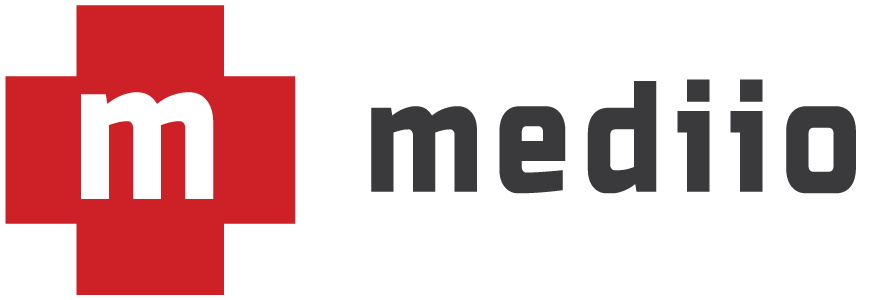As I have said many, many, many times on this blog—the problem with electronic medical records is not that they are electronic, but that they are poorly designed.
This post from Dr Val seems to tacitly admit this [1], but still laments electronic records and yearns for the return of paper charts. I respectfully disagree with her conclusions.
To her specific complaints:
Medical notes are no longer used for effective communication, but for billing purposes.
Medical records have always been used for billing purposes. [2] The real issue here is that both EMR design and EMR purchasing are conducted by non-physicians.
Few doctors know much about design and even fewer know how to program, so very few have been involved in the actual creation of EMRs. When they are, it generally seems to be quite successful. Unfortunately, we don’t have a stable of brilliant physician-designers. We need to be actively recruiting med students with backgrounds in design and programming to build up these resources.
EMRs are enterprise software. This means, among many other things, that the end-users (i.e.—physicians, nurses, therapists, etc) don’t directly control purchasing. Executives and IT departments with their own interests and motives control those decisions. I have never been privy to such deliberations, but I would surmise that improving billing workflows is a highly prized feature. Usability and communication features are much lower priorities.
No one talks to each other anymore.
I agree; a lot could be accomplished through better face-to-face or verbal communication. However, two things conspire against such communication:
- Due to both billing and legal requirements, everything must be charted. While a verbal order may be the clearest method for communicating something, it must also be entered in the chart. Why double your work and do both? [3]
- There is a cultural shift away from verbal communication. Just look at the proliferation of online ordering for pizza and take-out food. Although I have no research to back this up [4], I would guess that the current generation of med school graduates feels much more comfortable and amenable to ordering something through a computer interface than picking up a phone.
It’s easy to be mindless with electronic orders.
Again, I agree; it is easy to mindlessly check boxes. Again, I also think this is a design problem.
Somewhere along the line, EMR developers decided that clicking was waaaaay better than typing. In some EMRs, you can write entire notes and complete orders without ever touching the keyboard. This design decision is most likely rooted in programmers desire to produce as much structured data as possible because structured data is a lot easier to deal with than free text. [5] This helps with billing as well.
But, we don’t need to go back to paper records, orders, and prescriptions.
What we need is better free-text recognition and autocompletion. Ever filled out an online form with your address that subsequently analyzed your input and suggested a corrected form that was more complete (e.g.—changing “St.” to “Street” or adding the last four digits of your zip code)? We need systems that can take free-text orders and prescriptions and suggest completed, corrected forms. This would be faster and more accurate.
For example, let’s say you want to write a prescription for amoxicillin. [6] You type:
amox 500 PO BID x 10d
This would translated into a full prescription:
amoxicillin 500 milligrams
Sig: Take one tablet by mouth two times per day for 10 days.
Dispense: #20
Refills: 0
This would be faster than clicking individual boxes and provide more complete, understandable instructions. The full prescription could then be electronically sent and simultaneously dropped into the note.
The current state of electronic medical records is quite frustrating. You don’t have to look very far to find posts similar to Dr Val’s expressing such frustration. But, instead of raging against the EMRs, I think we need to work together to build the next generation of great EMRs that fulfill all of our expectations for technology aiding better patient care.
-
In a post-script, she praises one EMR that “was created by physicians for supporting actual thinking and relevant information capture.” ↩
-
I just recently heard a story of a rural Kansas doctor working many years ago whose clinic notes consisted only of a ledger with a diagnosis and the charge. It would seem his records were only used for billing purposes! ↩
-
A bit of devil’s advocate here. As I said, I think verbal communication is good and face-to-face communication is great. When I start my internship is a couple months, I am going to strive to do as much face-to-face communication as possible. ↩
-
Maybe Papa John’s or Domino’s has some figures… ↩
-
As a researcher, I have been guilty of this in designing databases and survey forms. Very guilty. ↩
-
Many current EMRs have individual entry boxes for each prescription component (conservatively, up to 10 boxes). Many doctors seem to do whatever they can to eschew the carefully designed boxes and cram everything into the only free-text box available (usually the “Sig” box for instructions). ↩
